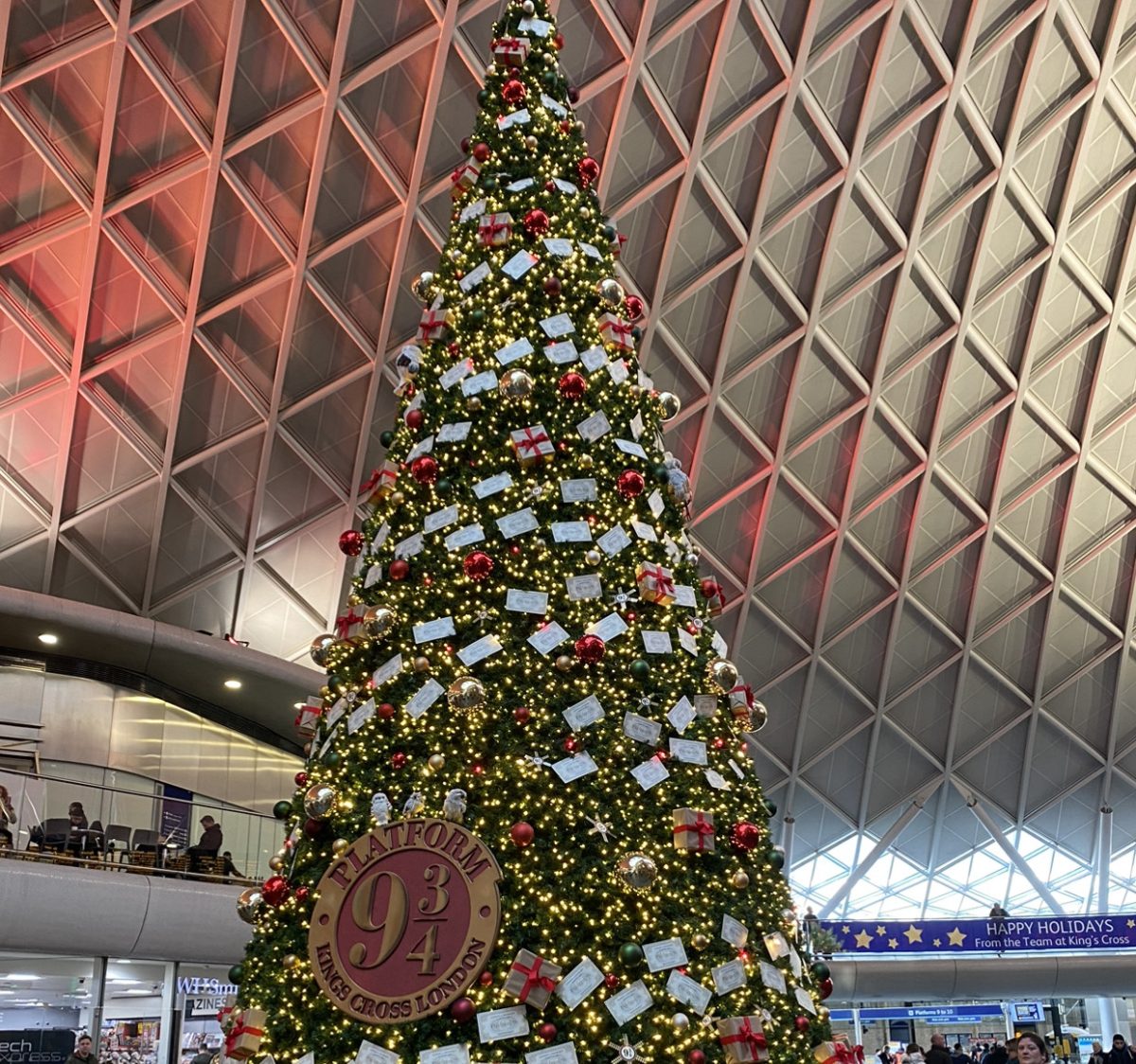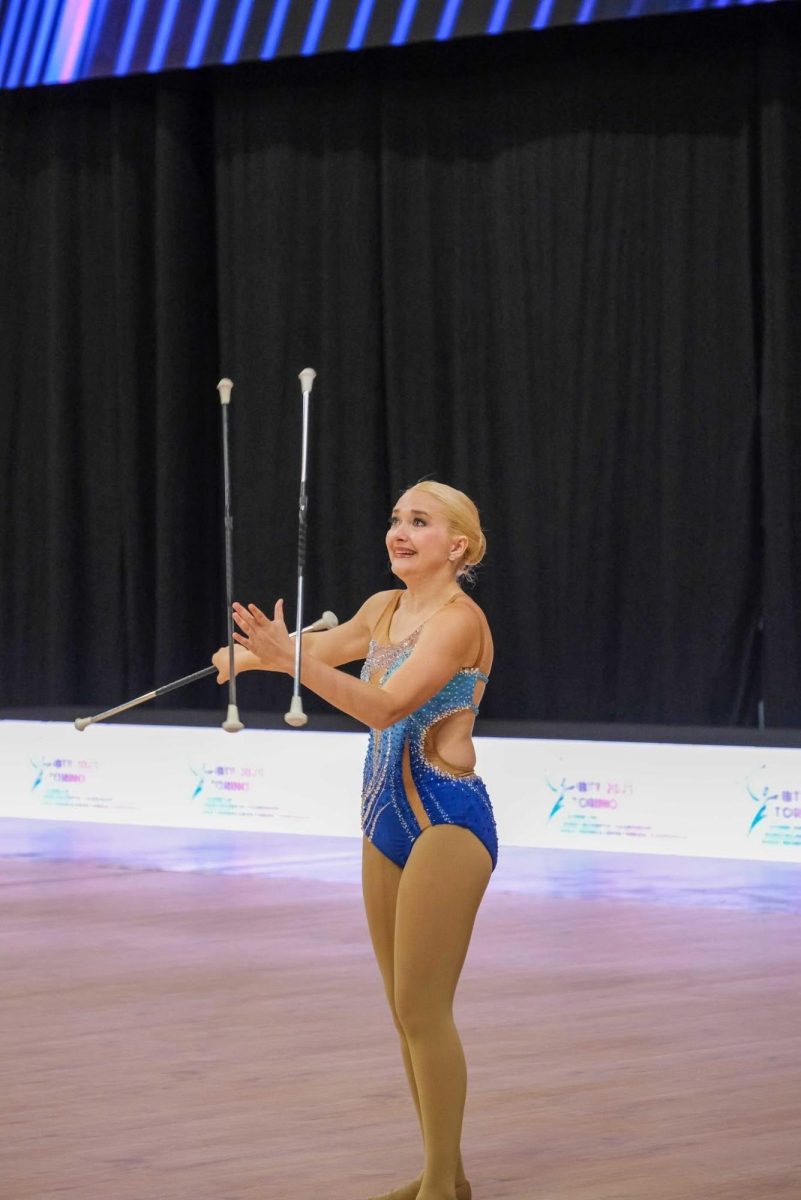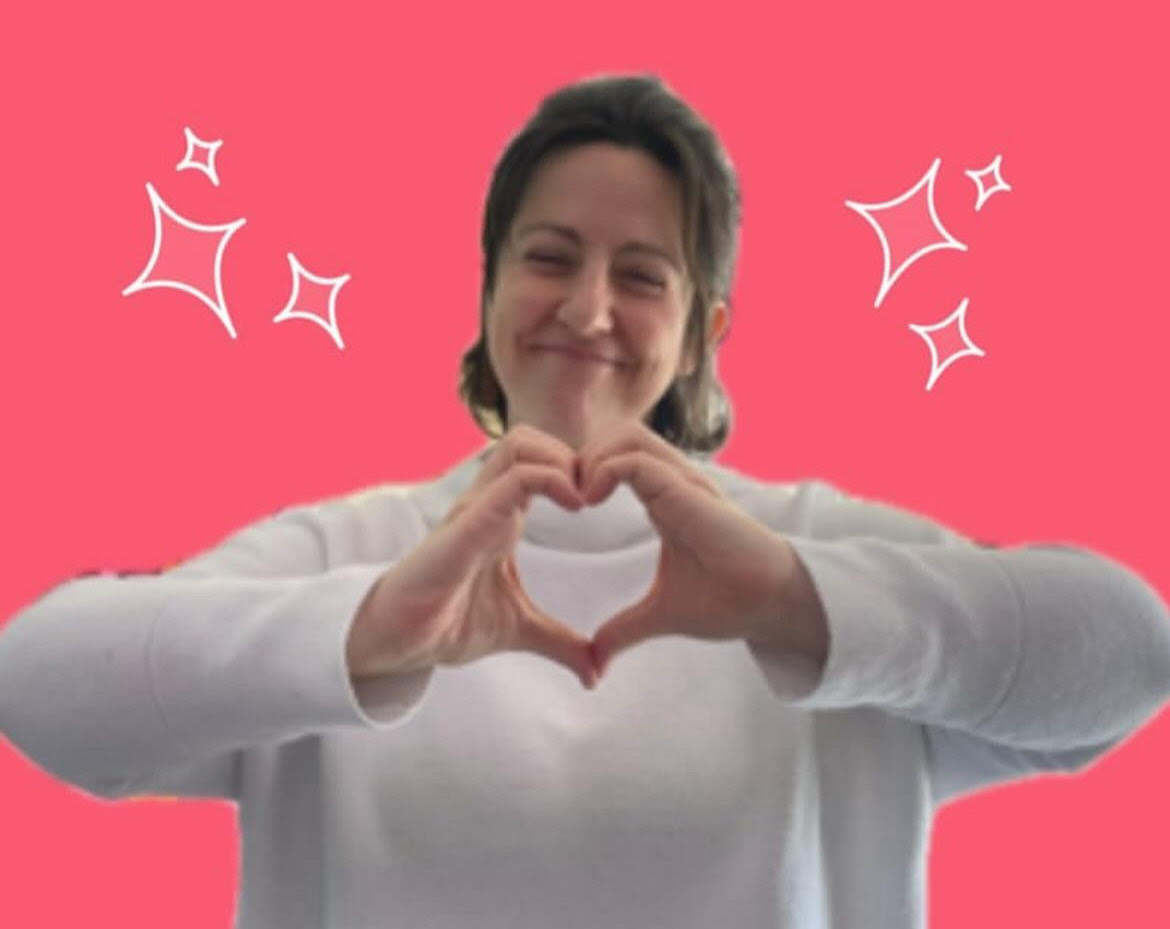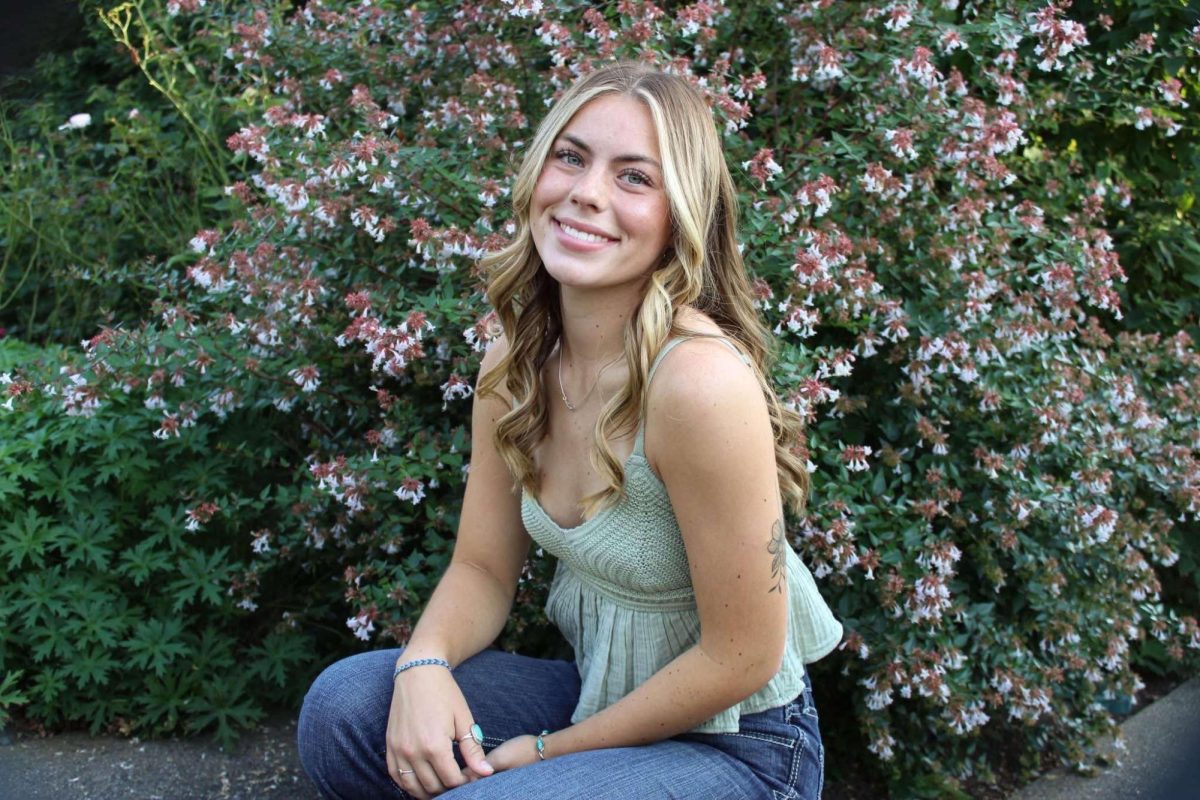By LIZZ COGAN
If you were to take a lovely stroll through any busy town square, shopping mall, or merely look outside, you would find winter holiday decorations nearly everywhere. Once late November hits, Christmas lights, decorations, and the oh-so-popular nativity scene, as well as other winter holiday decorations, can be located in popular locations. It is still argued upon when these decorations should go up; November 1, the day after Thanksgiving, or later into the season. While there is no right answer, there is one popular question that may be in the minds of many. Why do we celebrate and how do other people do it?
First, to understand how and why people celebrate winter holidays, you have to understand what Christmas is and where it comes from historically in the Bible. In Christian religions, Christmas is considered Jesus’ birthday, which is very close to the winter solstice. The solstice is one of the most anticipated times of the year and has many celebrations across many cultures. However, while Christmas is a primarily Christian-centered holiday, most of the actual celebrations are Pagan in nature.
Another holiday that was created long before Jesus was born was Yule, the winter solstice and one of the Sabbats of the Pagan religion. According to Britannica, it is Germanic in origin, although it was also found in Scandinavia and the British Isles. There, they decorated trees with dried mushrooms and burned logs that had different items on them, such as cinnamon to make them smell wonderful. They even had their own versions of elves, and the original Santa was most likely a version of Odin, their chief God.
That’s the ancient version of Christmas, but what does it look like today? Well, Christmas is celebrated worldwide, although mostly in nations that have a large Christian population. Christmas trees are a staple, and some businesses even thrive on the hype of them. Houses are covered in lights and decorations. Some families even make it a tradition to decorate together.
However, that is the American tradition. How does it differ in other countries?
Well, in London, it is much the same. They have large Christmas trees in town spaces, decorated with extravaganza. King’s Cross station even has a Harry Potter-themed tree with owls and Platform 9 ¾ ornaments. They also have a large festival that lasts nearly a month called “Winter Wonderland.” It is just as large as an amusement park but doubles as a moveable setup. While our British friends across the sea have very similar traditions to us, the same can’t be said for other countries.
In Spain, they have swapped Santa for “Los Reyes Magos” or “The Three Kings.” Instead of leaving presents under the child’s tree, the child leaves out a shoe. When they wake up in the morning, Los Reyes Magos will have visited and the shoe will be filled with different presents and candy. The celebration is Christian in origin, coming from the three wise men who gave Christ his first birthday gifts. Los Reyes Magos are not the only different tradition, however. Spaniards and Catalans also have something called “the pooping log,” (or “Tió de Nadal” in Spanish) aptly named for the younger population. Children decorate this log and give it their scraps of food to receive presents. They even have a song for it.
Not all Christmas traditions are covered in snow and white wonderland. Down under in Australia, Santa rides in on a kangaroo and swaps the red suit for swim trunks. December is their summer due to the rotation of the Earth’s axis, and therefore their Christmas is in summer too. Most of their Christmas decorations look just like ours but on the beach instead of covered in snow. You can find quite a few pictures of Santa surfboarding and other wacky traditions.
Christmas isn’t the only holiday in the winter, however. As previously mentioned, Yule is still celebrated by a lot of Neo-Pagans today and can be a week-long celebration of the winter solstice. They have feasts and burn their own Yule logs.
There is also the famous Hanukkah (or Chanukah) of the Jewish faith. The name means “festival of lights.” It is an eight-day celebration that lights a candle on the menorah for each day that passes. Decorations for this holiday include blue and silver colors with Hebrew letters from the Torah, the Jewish faith book. Hanukkah is not the only festival of lights, McCormick Center states.
Diwali is a five-day festival of the Hindu, Sikh, and Jain faiths, which are primarily found in India and other Asian countries. The festival is to celebrate the light over darkness, and the difference between good and evil. It is very common for sweets to be found during Diwali.
Kwanzaa is an African-American festival that lasts seven days. It was originally founded by Dr. Maulana Karenga in 1966. Kwanzaa celebrates culture, family, and the community from December 26 to January 1. There are seven main principles, one for each day, of Kwanzaa; unity, self-determination, creativity, faith, purpose, and collective work and responsibility. Similar to Hanukkah, Kwanzaa also has a candle holder called a kinara.
There are so many other holidays to celebrate the winter season around the world, but the most important thing to remember in the holiday season is to be kind to other people. Everyone has a different culture and holiday for the season, and it is incredibly important to be respectful and kind to each other. The holidays are a time for family and friends to come together after a stressful year and celebrate. Although this time can still be very hard for some people, we should still create a loving environment to support those in our community who don’t have a loving home to return to.
Remember to always be kind, start decorating after Thanksgiving, and have a wonderful winter holiday.















